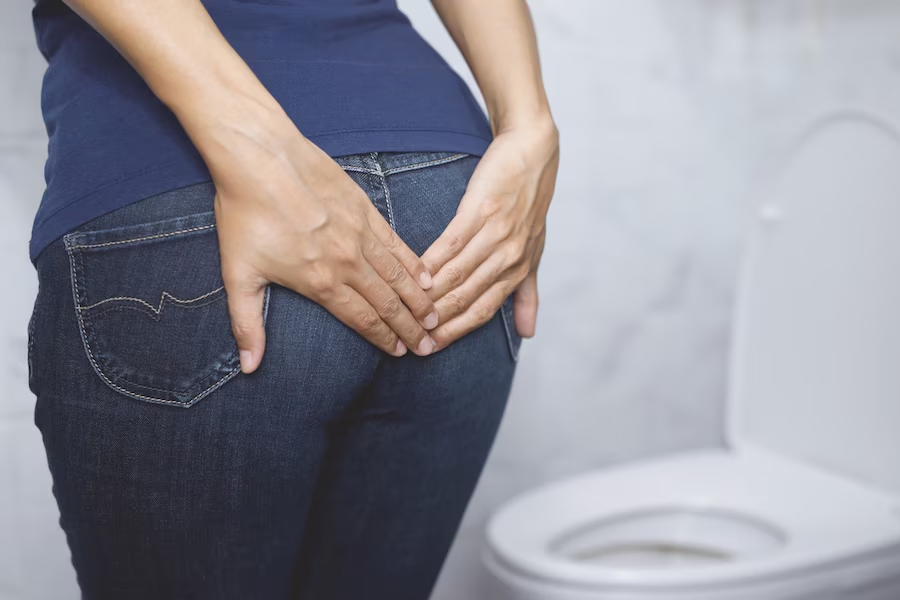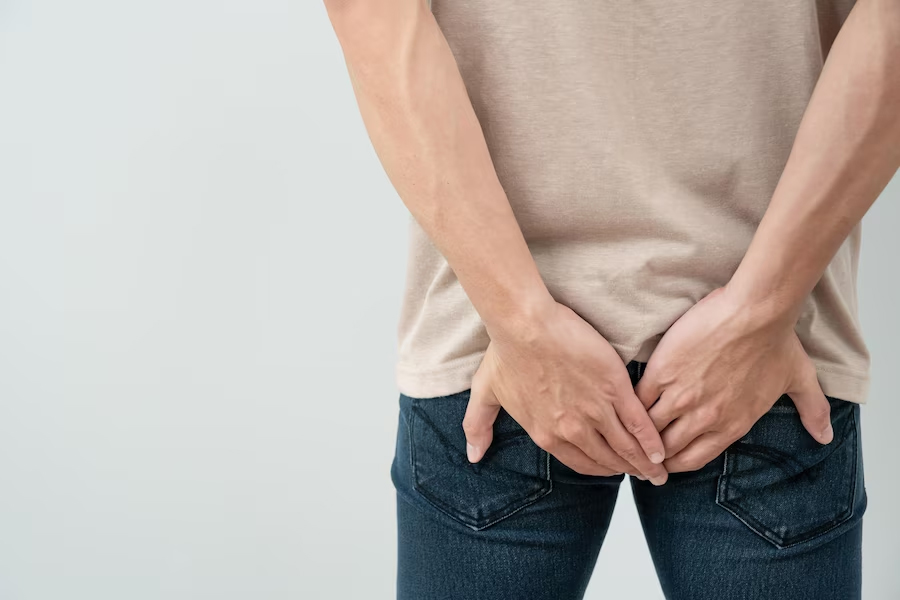
One of the most alarming signs of gastrointestinal problems is rectal bleeding, or blood in the stool. There could be several interpretations behind it, but the most common causes are benign, and about 95% are self-limiting, says Dr Vivek Shetty, Consultant Gastroenterologist, Jaslok Hospital and Research Centre, Mumbai. Speaking with the OnlyMyHealth team, he emphasises the importance of consulting a doctor for a proper diagnosis, as rectal bleeding can sometimes indicate more serious conditions. Keeping that in mind, here’s a look at how prevalent the condition is and what the possible causes are behind it.
Table of Content:-
Also Read: What Is Piles? Check Out Its Symptoms, Causes And Treatment
How Common Is Rectal Bleeding?![]()
Dr Shetty shares that rectal bleeding is one of the more common complaints that a surgeon or general practitioner deals with.
Passage of bright red blood per rectum, medically termed hematochezia, usually implies a pathology in the lower gastrointestinal tract (large intestine, rectum, and anal canal), he says, adding that occasionally massive bleeding in the small intestine can also present as rectal bleeding.
According to StatPearls Publishing, rectal bleeding is a common issue, affecting between 13 and 34% of people. While women are more likely to experience it in younger and older age groups, men are more prone to it in middle age.
Surprisingly, research notes that only about 40% of people with rectal bleeding seek medical attention, often because they underestimate the seriousness of the problem. This is particularly the case with older adults.
Possible Causes Of Blood In Stool

Rectal bleeding is most often noticed when passing a bowel movement. The blood may be mixed with the stool, on the surface of the stool, or may be seen after passing stool as drops of blood in the toilet bowl or toilet paper.
The common causes of blood in stool include:
Piles (or haemorrhoids): Dr Shetty describes haemorrhoids as cushions of tissue located beneath the lining of the anal canal. He shares that there are three primary haemorrhoids, each with a rich blood supply. Depending on their position within the anal canal, they are classified as either internal or external piles. Bleeding from haemorrhoids often follows an episode of constipation, which typically involves straining during bowel movements. Haemorrhoids also tend to run in families, suggesting a hereditary component.
Anal fissure: This is a tear in the lining of the anal canal, which commonly occurs with constipation and the passage of hard stools. It is associated with painful defecation with blood-streaked stools.
Infections: Sexually Transmitted Infections (STIs) and colonic infections can also cause rectal bleeding.
Inflammatory Bowel Disease (IBD): Chronic inflammatory disease of the digestive tract, such as ulcerative colitis and Crohn's disease, may present with rectal bleeding. This is often associated with diarrhoea and crampy abdominal pain.
Diverticular diseases: Diverticula are small pouches in the wall of the large intestine, which usually occur in the muscular layer. Over time, the blood vessels in the walls of these pouches become friable, making them susceptible to rupture, which can cause bleeding.
Also Read: All You Need To Know About Diverticulitis: Symptoms, Causes And Treatment
Colon cancer: Colon cancer occurs when the cells in the colon, which is a part of the large intestine, start to grow uncontrollably, leading to the formation of a tumour. According to Dr Shetty, the growing rectal tumour sometimes bleeds spontaneously and may cause painless rectal bleeding mixed with stools.
“Although it is not a major contributor to the overall incidence of rectal bleeding, representing only approximately 3.4% of the cases, it is one of the more serious causes that should be ruled out, especially in older patients,” the doctor adds.
Non-health-related causes include the intake of certain foods like beetroots, cranberries, tomatoes, and red food colouring, which may change the appearance of the stool and may be confused with rectal bleeding.
Management And Prevention Tips

If you notice blood in the stool, it is advisable to contact your doctor, who will take your medical history and perform a local examination and a test called proctoscopy. During the test, a small device is inserted into the anal canal to observe if there is any local pathology.
Some may even advise you to go for a colonoscopy or sigmoidoscopy.
As far as treatment is concerned, it depends on the cause of the bleeding, says Dr Shetty.
To prevent rectal bleeding, he recommends eating a balanced diet with plenty of fibre and fresh fruits and green vegetables, drinking plenty of water, which helps keep stool consistency soft, and taking laxatives in cases of chronic constipation.
In certain cases, surgery for piles and fissures can be an option if the bleeding is not controlled medically, the doctor adds and concludes.
Also watch this video
How we keep this article up to date:
We work with experts and keep a close eye on the latest in health and wellness. Whenever there is a new research or helpful information, we update our articles with accurate and useful advice.
Current Version
